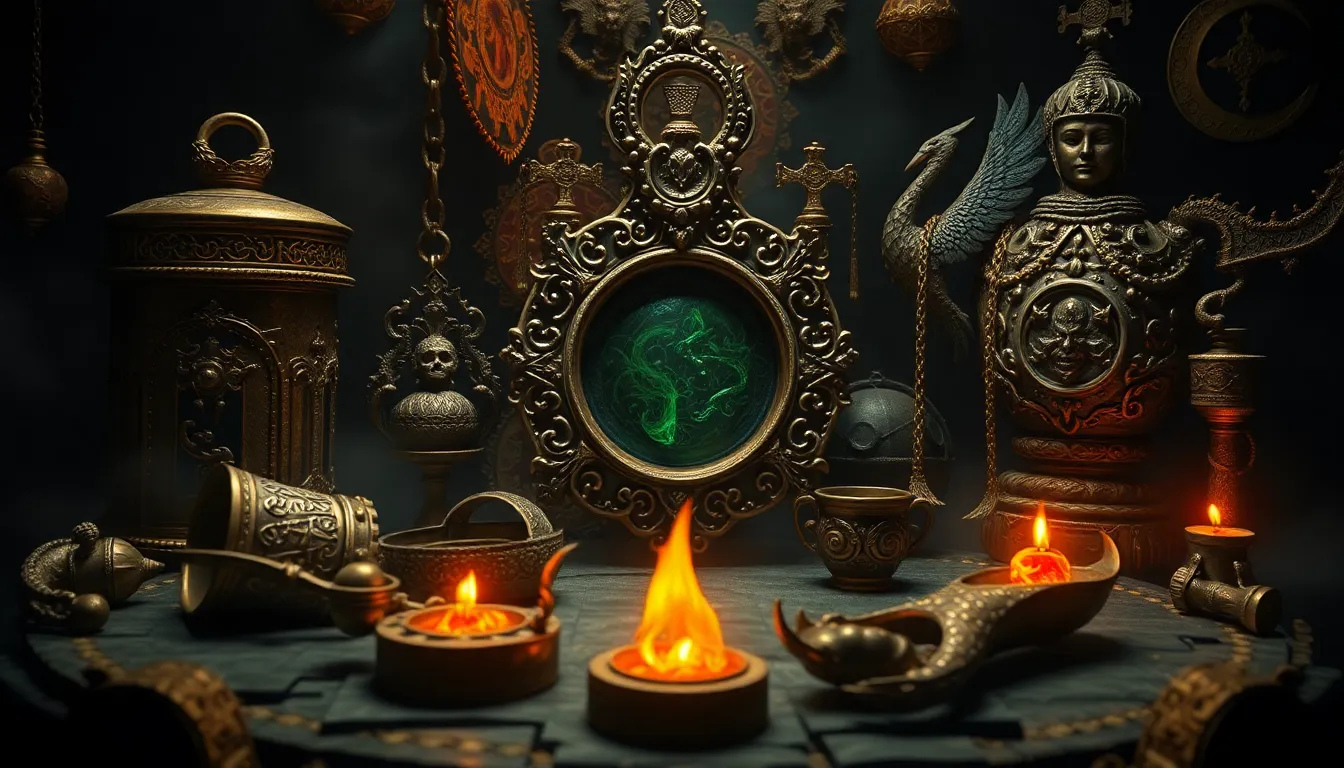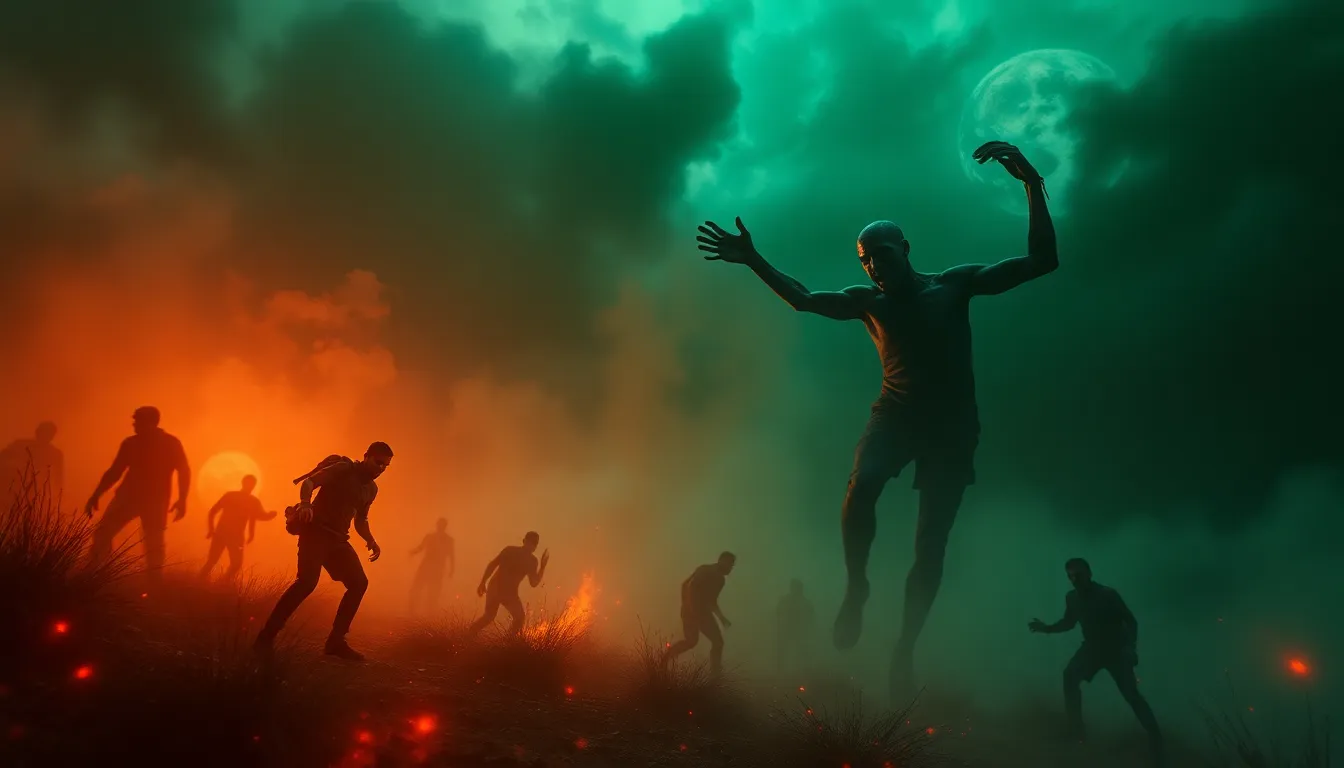The Myths Behind the Apocalypse: A Deep Dive
Introduction to Apocalyptic Myths
The term “apocalypse” often evokes images of cataclysmic events, societal collapse, and an end to civilization as we know it. However, the concept of the apocalypse varies widely across different cultures and historical contexts. Generally, it refers to a revelation or unveiling of hidden truths—particularly those concerning the end of the world. Throughout history, apocalyptic narratives have been significant as they reflect humanity’s deepest fears and hopes regarding existence.
These narratives serve not only as cautionary tales but also as frameworks within which people can understand their place in the cosmos amidst uncertainty. From ancient texts to modern interpretations, the varying depictions of apocalyptic scenarios reveal much about the societies that create them.
Historical Roots of Apocalyptic Beliefs
Apocalyptic beliefs have deep historical roots, often intertwined with the fundamental questions of life and death. Ancient civilizations, such as the Mesopotamians, Greeks, and Egyptians, have left behind records of their beliefs regarding the end of the world.
- Mesopotamian Myths: These included tales of great floods and divine retribution, often reflecting the civilization’s understanding of natural disasters.
- Greek Philosophers: The Greeks debated ideas of cyclical time, suggesting that worlds were created and destroyed repeatedly.
- Egyptian Pyramids: These monumental structures were built as a means to secure a place in the afterlife, hinting at beliefs about life beyond death.
Religion has played a pivotal role in shaping these apocalyptic expectations. Many religious texts, like the Book of Revelation in Christianity and the Hadith in Islam, outline vivid depictions of the end times, emphasizing moral consequences and divine judgment.
The Role of Literature and Art in Apocalypse Myths
Literature and art have profoundly influenced the portrayal of apocalyptic themes throughout history. Key literary works have depicted various apocalypse scenarios, shaping societal perceptions and fears.
- Dante’s “Divine Comedy”: This work explores themes of judgment and the afterlife, providing a vivid depiction of hell and eventual redemption.
- Mary Shelley’s “The Last Man”: A novel that presents a future ravaged by plague, reflecting contemporary anxieties about mortality and loss.
- Cormac McCarthy’s “The Road”: A haunting representation of survival in a post-apocalyptic world that examines the human condition.
Art, too, has played a critical role in expressing apocalyptic fears. Visual representations of apocalypse—like paintings of the Last Judgment—serve to provoke emotional responses and provoke contemplation about mortality and ethics.
Religious Perspectives on the Apocalypse
Different religions offer unique perspectives on apocalyptic beliefs, often shaped by their sacred texts and traditions.
- Christianity: The Book of Revelation describes a final battle between good and evil, highlighting themes of hope and redemption.
- Islam: The Hadith outlines a series of signs that will precede the Day of Judgment, emphasizing moral accountability.
- Hinduism: The concept of “Kali Yuga” describes an age of darkness and decline, followed by renewal and the restoration of dharma.
These religious texts continue to influence contemporary thought on apocalypticism, often providing frameworks for understanding current global crises.
Scientific Interpretations of Apocalypse Scenarios
While mythological and religious narratives focus on spiritual and moral dimensions, scientific interpretations of apocalyptic scenarios emphasize existential threats to humanity.
- Climate Change: The scientific consensus warns that unchecked climate change could lead to catastrophic environmental changes.
- Nuclear War: The threat of nuclear weapons remains a persistent concern that could result in widespread devastation.
- Pandemics: The COVID-19 pandemic has highlighted vulnerabilities in public health systems, leading to fears of future outbreaks.
Distinguishing between myth and scientific predictions is crucial. While myths offer cautionary tales, scientific predictions are based on empirical evidence and aim to inform proactive measures for survival.
Modern Pop Culture and the Apocalypse
Pop culture has embraced apocalyptic themes, reflecting and shaping societal fears of the end times. Movies, television shows, and video games often explore dystopian futures and survival scenarios.
- Film: Movies like “Mad Max” and “The Road” depict post-apocalyptic landscapes, exploring themes of survival and humanity.
- Television: Series such as “The Walking Dead” delve into the human psyche in the face of societal collapse and moral dilemmas.
- Video Games: Games like “Fallout” and “The Last of Us” allow players to navigate apocalyptic worlds, confronting moral choices and survival strategies.
This portrayal of apocalyptic scenarios serves both as entertainment and a means of processing real-world fears, creating a feedback loop between societal anxieties and cultural production.
Psychological Impacts of Apocalyptic Beliefs
Apocalyptic beliefs can significantly impact mental health, leading to fear and anxiety about the future. The phenomenon of doomsday prepping has gained traction, with individuals preparing for perceived end-of-world scenarios.
- Fear and Anxiety: Constant exposure to apocalyptic narratives can lead to a pervasive sense of dread and hopelessness.
- Doomsday Prepping: This practice reflects deep-seated fears about societal collapse, driving individuals to prepare for worst-case scenarios.
Understanding the psychological motivations behind these beliefs can help address the anxieties associated with them, fostering resilience and proactive responses to real-world challenges.
The Role of Technology in Apocalyptic Narratives
Technological advancements can both alleviate and exacerbate apocalyptic fears. While technology offers solutions to global issues, it also introduces new risks that can lead to catastrophic consequences.
- Artificial Intelligence: Concerns about AI surpassing human control have led to fears of a potential technological singularity.
- Biotechnology: Advances in genetic engineering raise ethical questions and fears about unintended consequences, such as bioengineering disasters.
Futuristic scenarios often depict technology as a double-edged sword, capable of saving or destroying humanity, reflecting our complex relationship with innovation.
Debunking Common Myths About the Apocalypse
Many misconceptions about the apocalypse have permeated popular culture, often sensationalized or misrepresented. One notable example is the 2012 Mayan prophecy, which predicted the end of the world but was based on misunderstandings of Mayan cosmology.
- Misconceptions: Many apocalyptic predictions lack scientific basis and are often exaggerated or taken out of context.
- Sensationalism: Media coverage can amplify fears, leading to misinformation and panic surrounding potential end-of-world scenarios.
Debunking these myths is essential to foster a more rational understanding of risks and to prevent unnecessary anxiety among the public.
Conclusion: The Future of Apocalyptic Myths
As society evolves, so do apocalyptic narratives. The myths surrounding the apocalypse will continue to adapt, reflecting the evolving fears, hopes, and values of humanity. Understanding these narratives is crucial in developing a balanced perspective on real-world challenges.
Ultimately, recognizing the difference between myth and reality can empower individuals and communities to respond thoughtfully to contemporary issues, fostering resilience in the face of uncertainty.




